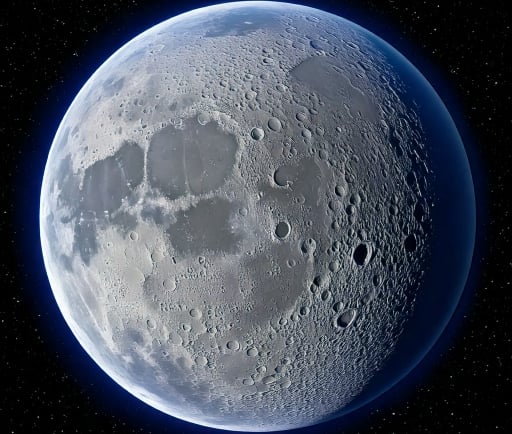TCP J05074264 + 2447555L B: Orbiting a G-Type Star


Introduction to TCP J05074264 + 2447555L B
TCP J05074264 + 2447555L B is a fascinating exoplanet that has recently garnered the attention of astronomers and space enthusiasts alike. This Neptune-like planet is situated approximately 2,247 light years from Earth. With a remarkable mass of around nine times that of our own planet, TCP J05074264 + 2447555L B presents a compelling case for further exploration and study.
Understanding the Characteristics of TCP J05074264 + 2447555L B
The dimensions and characteristics of TCP J05074264 + 2447555L B make it a unique addition to our growing catalog of known exoplanets. Its mass, at nine times that of Earth, situates it within the category of super-Earths or mini-Neptunes. The planet orbits its host star with an orbital period of 258 days, a defining characteristic that can provide insights into the atmospheric conditions and potential climate on this distant world.
These orbital dynamics were primarily detected through the sophisticated technique known as microlensing. Microlensing has proven instrumental in identifying exoplanets that might otherwise go unnoticed, particularly those that are located far from Earth. This method involves observing the bending of light from distant stars as it passes by the gravitational field of the planet and its host star, revealing more about their presence and properties.
Implications for Future Research and Exploration
The detection of TCP J05074264 + 2447555L B opens up exciting avenues for future research. Understanding planets like this is crucial to uncovering the mysteries of planetary formation, migration patterns, and the potential for habitability. Given its significant mass and distance from Earth, TCP J05074264 + 2447555L B may possess an atmosphere unlike that of familiar planets in our solar system.
Future missions and telescopes may aim to gather more data on this exoplanet, seeking to identify whether it possesses gaseous layers akin to those of Neptune or if it contains rocky or icy components. Moreover, the study of its atmosphere could unveil insights about weather patterns and atmospheric dynamics, providing a broader understanding of how such planets behave in their respective solar systems.
As technology advances and our observational capabilities improve, TCP J05074264 + 2447555L B and similar exoplanets will likely feature prominently in ongoing research efforts. The quest for knowledge about these celestial bodies not only fuels our curiosity about the universe but also enhances our understanding of planetary systems beyond our own.
In conclusion, TCP J05074264 + 2447555L B is more than just a distant planet; it represents a step towards comprehending the diverse array of worlds that populate our galaxy. Through continued observation and exploration, we are inching closer to unraveling the secrets that lie within these distant realms of space.
